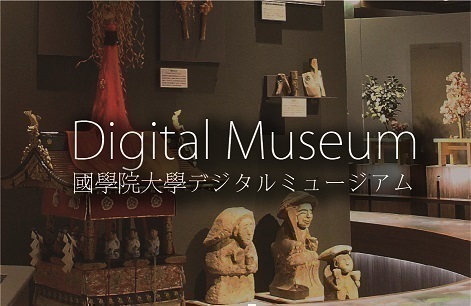- トップ
- Encyclopedia of Shinto
- Mimoronookanokami
Encyclopedia of Shinto
| Main Menu: | |
| Links: |
詳細表示 (Complete Article)
| カテゴリー1: | 2. Kami (Deities) |
|---|---|
| カテゴリー2: | Kami in Classic Texts |
| Title | Mimoronookanokami |
| Text | [Mimoro no oka no kami] (Nihongi) "The kami of Mimoro Peak." In Kojiki expressed as Mimoro no yama no he ni masu kami ("the kami enshrined upon Mount Mimoro"). After Sukunahikona went to the "eternal land" (tokoyo no kuni), the kami of Mimoro Peak was enshrined by Ōkuninushi on Mt. Miwa (also frequently referred to as Mt. Mimoro), and thereafter assisted Ōkuninushi in the work of developing the land. According to an "alternate writing" transmitted by Nihongi, the deity of Mt. Mimoro was called Ōmiwa no kami, and identified as the sakimitama and kushimitama of the kami Ōnamuchi. When Ōnamuchi declared that he had single-handedly completed the making of the land, a mysterious light appeared from beyond the ocean and stated, "It is because I was present that you were able to complete the making of the country; I am your sakimitama and kushimitama." Hearing this, Ōnamuchi responded to the spirit's request and enshrined it on Mount Mimoro. The Engishiki's Izumo no kuni no miyatsuko kan'yogoto relates that Ōnamuchi no mikoto instilled his own nigimitama ("gentle spirit") into a "many-spanned mirror" and gave it the name Yamato no Ōmononushi no kushimikatama no mikoto, ordering that it be enshrined in the sacred grove (kannabi) of the mountain Ōmiwa. In short, the kami of Mimoro is identified with the "gentle spirit" of Ōnamuchi no mikoto. Nihongi's record of Emperor Yūryaku relates that the emperor desired on one occasion to view the kami of Mimoro Peak. A retainer climbed the mountain and captured a large snake, which he presented to the emperor as the kami. An interlinear gloss indicates that the kami of this mountain (yama no kami) was called variously Ōmononushi no kami or Udanosumisaka no kami. See also Udanosumisaka. -Nishioka Kazuhiko |




